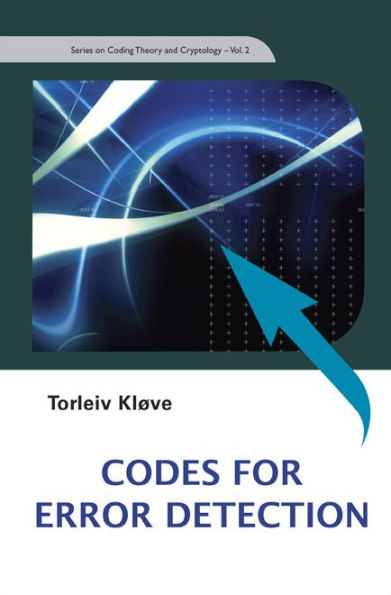5
1
9789812705860


Codes For Error Detection available in Hardcover

Codes For Error Detection
- ISBN-10:
- 9812705864
- ISBN-13:
- 9789812705860
- Pub. Date:
- 04/26/2007
- Publisher:
- World Scientific Publishing Company, Incorporated
- ISBN-10:
- 9812705864
- ISBN-13:
- 9789812705860
- Pub. Date:
- 04/26/2007
- Publisher:
- World Scientific Publishing Company, Incorporated
100.0
In Stock

Product Details
| ISBN-13: | 9789812705860 |
|---|---|
| Publisher: | World Scientific Publishing Company, Incorporated |
| Publication date: | 04/26/2007 |
| Series: | Series On Coding Theory And Cryptology , #2 |
| Pages: | 216 |
| Product dimensions: | 6.20(w) x 9.00(h) x 0.80(d) |
From the B&N Reads Blog
